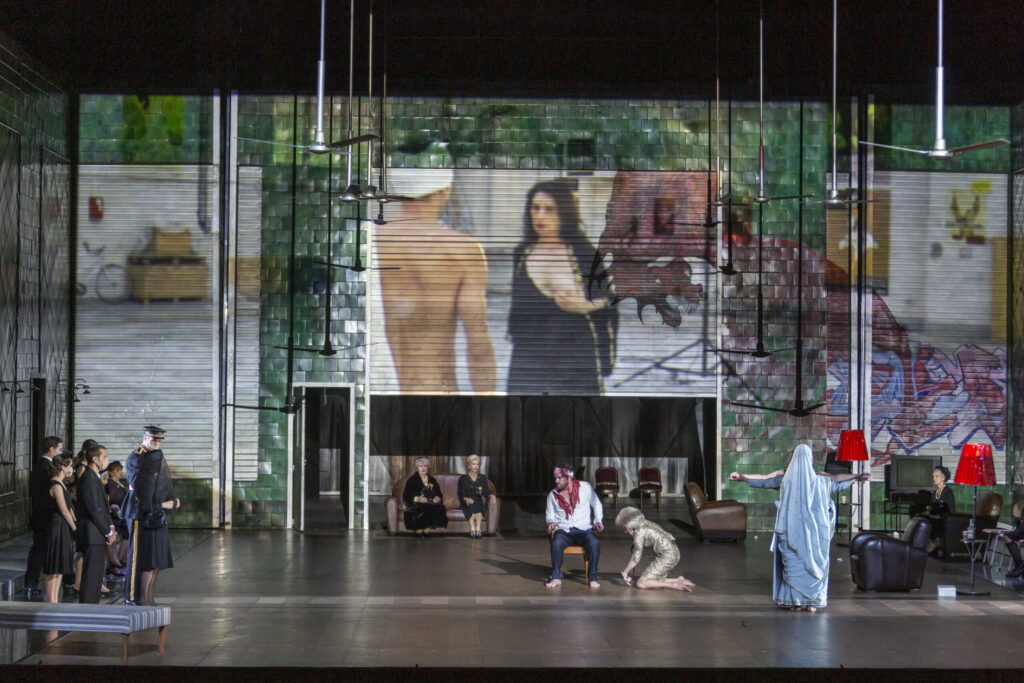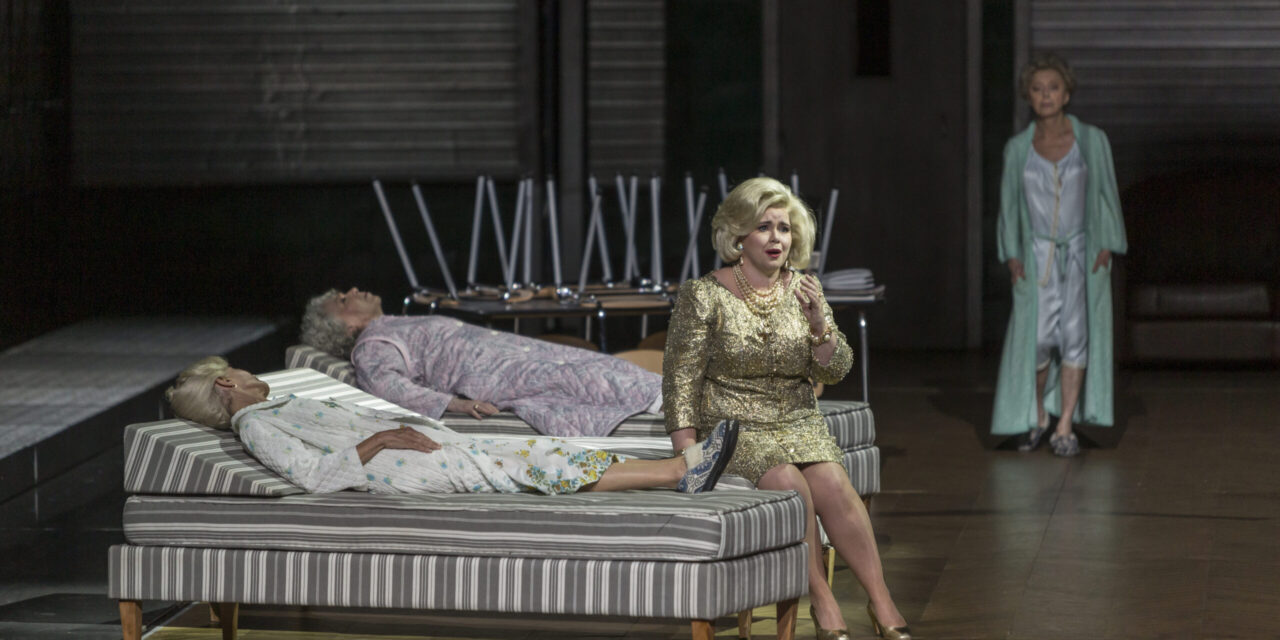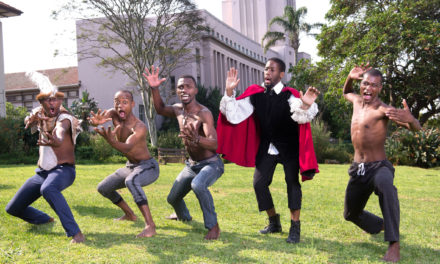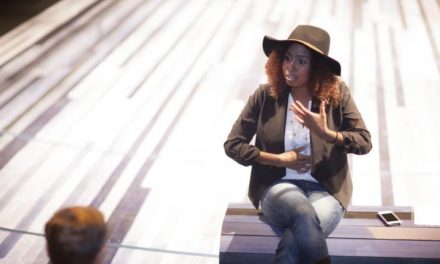Gluck’s Iphégenie en Tauride doesn’t waste any time ushering the viewer into its mystical score. From the start, a musical storm brews in the orchestra pit, bringing Euripides’s Greek drama (and trauma) to the fore. In Krzysztof Warlikowski’s 2006 staging, the tempestuous overture is contrasted by the more mundane image of elderly women plodding downstage in slippers and bath robes.
The cast and décor ostensibly represent an elderly care facility, although the bleakness and lack of privacy are more reminiscent of a detention center. Iphigenia (convincingly acted and sung by Tara Erraught), condemned by her father Agamemnon, has been rescued by Diana (Marianne Croux) and serves the goddess as a priestess. Her brother Orestes (Jarrett Ott), whom Iphigenia believes to be deceased, arrives in Tauris with his friend Pylade (Juilen Behr) in tow. Although the titular heroine fails to recognize her brother initially, she is drawn to the newcomer and attempts to rescue him when he receives a death sentence. Iphigenia only learns of Orestes’ true identity in the final moments before his execution, recognizing him in extremis. She fails to carry out her brother’s punishment, angering the King of Sythia (Jean-François Lapointe). He condemns both siblings until the goddess Diana swoops in to save the day.
In Warlikowski’s production, several timelines intermingle: the traditional narrative is recalled in flashbacks sung center stage by the main cast, while the presence of Iphigenia’s older self (non-singing role performed by Agata Buzek) is lost within her recollections at the nursing home, still exercising the nervous gestural ticks that her younger self displayed. The stark setting of the care facility morphs into a labyrinthian internal landscape of dreams and memories while the stage’s architectural machinations adapt accordingly. Glass wall panes and video projections provide depth and additional chambers, punctuated by a giant mirror scrim that opens the performance and reappears later, transforming the stage into a veritable memory palace.
Clad in a shimmering gold skirt suit, both Iphigenias cut a tragic figure à la Jackie-O. But there is also enough bling and benevolence to conjure up Dolly Parton. Orestes blows in like James Dean, lending a hint of fragile rebellion to the role, complete with dark sunglasses. The coordination between reflective costume surfaces and sets is no accident, both were created by Malgorzata Szczęśniak. The successful production design is at the heart of this staging, providing an interactive schema. It shines a reflective light on both audiences and cast, questioning the hauntology of traumatic memory. Are some things best left forgotten?

Photo: Sébastien Mathé, ©Opéra national de Paris
This post was written by the author in their personal capacity.The opinions expressed in this article are the author’s own and do not reflect the view of The Theatre Times, their staff or collaborators.
This post was written by Marisa C. Hayes.
The views expressed here belong to the author and do not necessarily reflect our views and opinions.


















